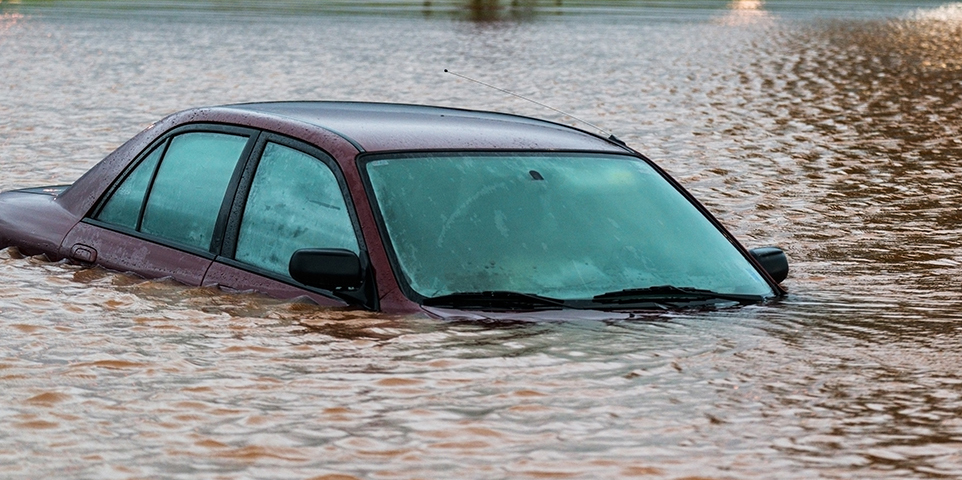MEMBERSHIP
AMPLIFY
EN ESPAÑOL
Connect With Us
- Popular search terms
- Automobile
- Home + Renters
- Claims
- Fraud
- Hurricane
- Popular Topics
- Automobile
- Home + Renters
- The Basics
- Disaster + Preparation
- Life Insurance

Like other natural disasters, floods can create enormous damage to properties and vehicles. Flood vehicles offer a tempting opportunity for criminals to defraud unsuspecting consumers.
By definition, a flood vehicle has been completely or partially submerged in water to the extent that its body, engine, transmission or other mechanical component parts have been damaged. If the vehicle is so damaged that it is no longer operable, the driver's insurance company settles the claim by buying the vehicle and selling it as a “salvage” at an auto auction.
Dishonest and unscrupulous car dealers buy the vehicles, dry and clean them, yet leave plenty of hidden flood damage. They then transport the vehicles to states unaffected by the storm or natural disaster and sell them as used vehicles to unsuspecting buyers. These dishonest dealers will not disclose the damage on the vehicle's title as they are required, which is a crime called “title washing.” The vehicles are then sold with the hidden damage.
Consumers can take preventive measures before purchasing a used vehicle to avoid being victimized by flood vehicle fraud:
Article provided courtesy of the NICB.